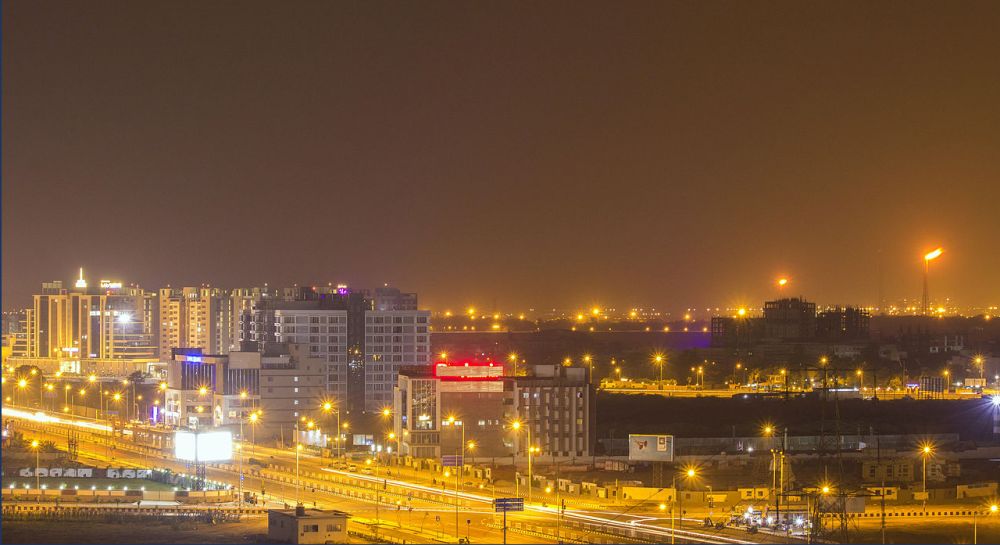

The city of Surat, situated on the western Indian coastline of Gujarat, has a storied past that intertwines with the history of its tourism. Known for its flourishing diamond and textile industries, Surat's history with travelers and merchants dates back to ancient and medieval times.
Surat has been a magnet for merchants and travelers from across the world due to its strategic position on the mouth of the Tapi River. It was an eminent port city during the Mughal era, and the Portuguese, Dutch, French, and British have all anchored their ships in its harbor. The remnants of Surat's global interaction are visible in the city's diverse architecture and cultural influences.
The Beginnings: The earliest form of tourism in Surat could be traced back to the time of explorers and traders who came here in search of spices and textiles. This resulted in Surat being one of the most prosperous cities during the 16th and 17th centuries.
Colonial Impact: During the British colonial period, Surat's tourism saw a different phase. Colonial officers and their families would often visit Surat's beaches and historic landmarks, which inadvertently promoted the region among other colonial territories.
Post-independence Surge: In the aftermath of India's independence, Surat's focus shifted towards industrial development which also led to the modernization of the city's infrastructure. This paved the way for both business and leisure tourism to flourish.
The Globalization Era: The late 20th and early 21st centuries saw Surat integrating into the global economy, increasing its appeal as a destination for international business tourism, simultaneously leading to the development of luxury hotels and amenities to cater to global visitors.
Eco-Tourism: Surat has recently seen a rise in eco-tourism initiatives with visitors showing an inclination towards experiencing the city's natural environs, such as the Sarthana Nature Park and the Tapi Riverfront.
Cultural Tourism: Surat remains a haven for those interested in cultural heritage with landmarks such as the Surat Castle, the Mughal Sarai, and the Dutch Garden that continue to attract history buffs.
Food Tourism: Surati cuisine, with its unique flavors and dishes like Locho and Ghari, has carved a niche within culinary tourism, drawing food enthusiasts eager to savor local delicacies.
Business Tourism: With its burgeoning economy, Surat has become a hub for business travelers, seeing a steady rise in MICE (Meetings, Incentives, Conventions, Exhibitions) tourism.
Surat's ongoing development of tourist infrastructure, such as the recent introduction of river cruises and improved connectivity with the Sardar Vallabhbhai Patel International Airport, ensures that the city's tourism industry is in a state of dynamic evolution, ready to welcome travelers from all over the world with its unique blend of modernity and tradition.